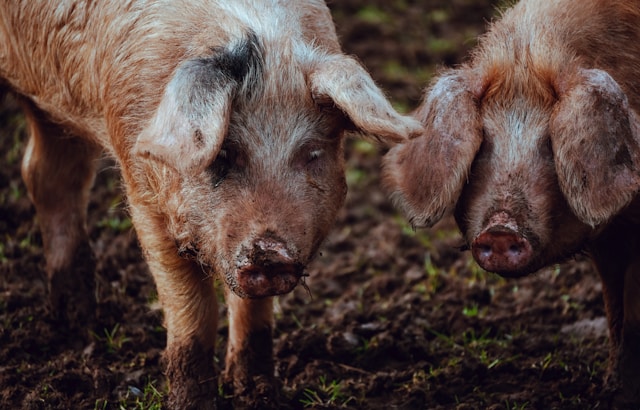How To Say “Earth” In Different Languages

Unsplash: Jim Desautels
I don’t know about you but I know that there is something called
a leap year that happens on planet Earth every four years. Leap
year is special because every leap year there is an extra day in
February. So that means a February on a leap year ends on
February 29, not February 28. With that extra day, you can do anything
you’ve been dreaming about like getting some extra cozy sleep,
wandering around a flowery garden, or learning a new language by
reading something interesting.
Of course, you can do all three of those aforementioned things
and many more things that you want as there
shouldn’t be any limitations
to what you want to do. However, here’s a magical tip when
learning a new language: let Beelinguapp stories take you on
this reading and
language learning adventure. Because Beelinguapp stories can take you on a journey around
the world and the many more galaxies outside of our
dearest home planet.
Now, before you get on that escapade, take the time to learn how
to say “earth” in different languages.
- English: earth (urth)
- French: la terre (lah tehr)
- Indonesian: Bumi (bu-mi)
- Japanese: ちきゅう (chi kyū)
- Filipino: daigdig (da-eeg-dig)
- German: die Erde (dee ehr-deh)
- Dutch: de aarde (duh aahr-duh)
- Spanish: la Tierra (lah tee–eh-rah)
- Italian: la Terra (la teh-rah)
- Russian: Земля (zem-lya)
- Finnish: Maa (maa)
- Ukrainian: Земля (zemlya)
- Swedish: jorden (yohr-den)
- Norwegian: Jord (yoord)
- Polish: Ziemia (zhem-ya)
- Korean: 지구 (jigu)
- Brazilian Portuguese: a Terra (ah ter-ra)
- European Portuguese: a Terra (ah ter-ra)
- Turkish: Dünya (doon-ya)
- Vietnamese: Trái Đất (try daaaht)


